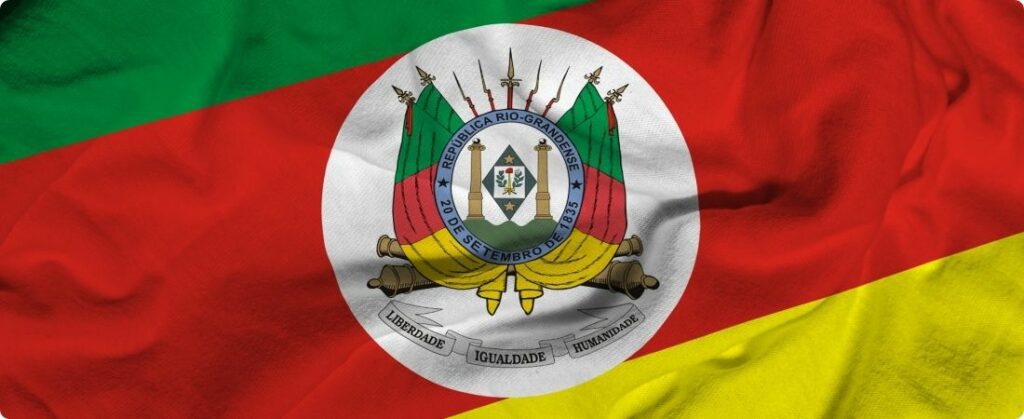
The most recent data from the Secretariat of Agriculture, Livestock, Sustainable Production and Irrigation of Rio Grande do Sul point to the formation of the La Niña phenomenon in the coming months. El Niño's transition to a neutral phase was observed between the end of May and the last weeks of June 2024, with sea surface temperature anomalies indicating a gradual cooling in the Equatorial Pacific Ocean.
Rainfall in the first half of 2024
The first half of 2024 saw an uneven distribution of rainfall in the Rio Grande do Sul. The west and north of the state recorded the highest volumes of rain in March, with Alegrete standing out with 446 mm and Porto Vera Cruz with 433.4 mm. In contrast, the eastern range recorded significantly lower volumes, as in Venâncio Aires (21.2 mm) and Camaquã (40.4 mm).
Furthermore, in April, practically the entire state experienced above-average rainfall, with Agudo (527.6 mm) and Bossoroca (509.2 mm) leading the records. May, however, was the wettest month, resulting in the biggest climate catastrophe ever recorded in the state. Veranópolis recorded an impressive 951.2 mm of rain, followed by Caxias do Sul (845.3 mm) and Soledade (773.8 mm).
Climate forecast and formation of La Niña
The climate forecast for the coming months indicates the evolution of a La Niña, especially from mid-winter and during spring. In July and August, above-average rainfall is expected to occur in the north and part of the center-east of the state. With the northeastern belt being the area most likely to receive heavy rainfall. The south and west regions are expected to have irregular rainfall, slightly below average, especially in August.
Furthermore, for September, rainfall should remain close to average in most regions, and may be slightly below in the south of the state. The quarter will also feature frequent arrivals of polar air masses, interspersed with periods of warming, which will result in alternating waves of heat and cold. We expect frosts across the state during the quarter, with the possibility of a late frost in September.
Preparations and expectations
The formation of La Niña brings challenges and the need for preparation to face adverse weather conditions. Furthermore, the Secretariat of Agriculture, Livestock, Sustainable Production and Irrigation warns of the importance of monitoring forecasts and adapting agricultural practices in order to mitigate the negative impacts of this phenomenon. Finally, the expectation is that the gradual cooling of the central Pacific will evolve into a La Niña that will influence the state's climate in the coming months.
Source: Aline Merladete | agrolink












